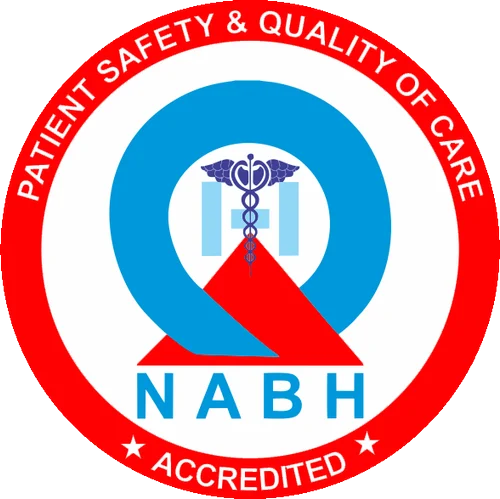
The cornea is best described as the windshield of the eye because we see through it. Keratoconus occurs when the cornea thins and gradually bulges outward into a cone shape. Normally, the cornea has a dome shape more like a ball. But in Keratoconus, the structure of the cornea becomes weak and is not able to hold this round shape. Hence, the cornea bulges outward and downward like a cone.
According to the best eye specialists in Gurgaon, Keratoconus causes blurred vision and sensitivity to light and glare. It generally begins to first affect people ages 10 to 25. Usually, it affects both eyes and if left untreated, one might even have to go for a cornea transplant. Therefore, it is very important to know the causes and symptoms to prevent yourself from this disease.
Causes:-
The best retina specialists in Gurgaon underline some of the major causes of Keratoconus. These are listed below:-
- There are protective antioxidants in the cornea which helps it to get rid of the damaging by-products produced by it only and protect the collagen fibers. However, if antioxidant levels are low, the collagen weakens and the cornea bulges out causing Keratoconus.
- Keratoconus is caused when tiny fibers of protein in the eye called collagen become weak and are not able to hold the shape. Thus, the cornea becomes cone-shaped.
- Though Keratoconus is not genetic but sometimes runs in families. So, if you have it chances are that your children may also have it.
- Overexposure to ultraviolet rays from the sun also causes Keratoconus.
- It is caused by the excessive rubbing of eyes too.
- It usually starts in the teenage years and can occur in people up to the age of 40. Above that age, it is less common in people.
- Chronic eye irritation and a history of poorly fitted contact lens are also the reasons for Keratoconus.
Symptoms:-
The changes in the shape of the cornea can happen quickly or may occur over several years. The changes can result in blurred vision, glare and halos at night, and the streaking of lights. These changes can stop at any time, or they can continue for decades. There is no way to predict how it will progress. However, best eye clinics in Gurgaon highlight some symptoms that could be caused by Keratoconus. These are given below:
- A sudden change of vision in one eye could be a sign of Keratoconus.
- Being uncomfortable driving due to blurry vision, especially at night.
- Objects both near and far looking distorted
- It appears like bright lights have halos around them
- Double vision when looking with just one eye
- Lights streaking are also a symptom of this disease.
- Seeing double or triple ghost images
Diagnosis:-
If you are having any of the symptoms mentioned above it is better to consult an eye specialist immediately so that things could be stopped from getting worse for you. If you are looking for the best eye hospital in Gurgaon visit Viaan Eye and Retina centre.
Here the doctor will ask you the symptoms that you are experiencing. To be sure you have a Keratoconus doctor needs to measure the shape of the cornea. There are several different ways this can be done. The most common way is called corneal topography, which snaps a photo of the cornea and analyzes it in seconds.
Children of parents with Keratoconus should have a corneal topography done every year starting at age 10 to monitor the cornea. As the changes in the shape of the cornea in many cases are very slow, with annual tests, your doctor can compare results to identify those changes if they’re present.


